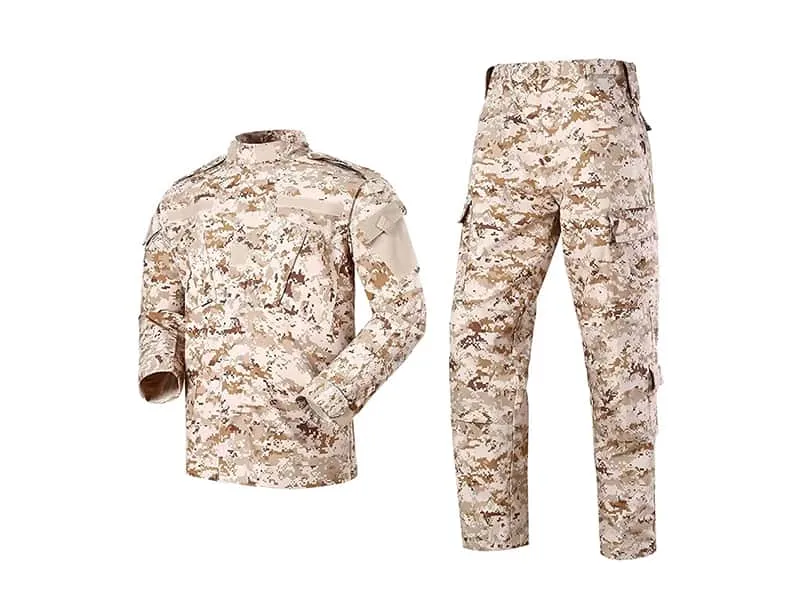Camouflage Anti-Infrared Dyeing and Insect-Repellent Treatment Technologies
1. Anti-Infrared Dyeing
Description: This technology incorporates special dyes and materials that reflect or absorb infrared radiation, making the wearer less detectable by infrared surveillance systems.
Applications: Commonly used in military uniforms and tactical gear to enhance stealth capabilities in surveillance-sensitive environments.
2. Insect-Repellent Treatment
Description: Fabrics are treated with insect-repellent chemicals, such as permethrin, to deter mosquitoes and other insects. This treatment can be integrated into the dyeing process or applied as a finishing treatment.
Benefits: Provides protection against insect bites, reducing the risk of diseases transmitted by insects, such as malaria or Lyme disease.

3. Combined Technologies
Integrated Approach: Some manufacturers combine anti-infrared dyeing with insect-repellent treatments to create multifunctional camouflage fabrics. These fabrics offer both concealment and protection in outdoor environments.
Performance: These advanced textiles are particularly beneficial for military personnel, outdoor enthusiasts, and those working in regions where insect exposure is a concern.
4. Environmental Considerations
Sustainability: Many modern treatments focus on being environmentally friendly, using biodegradable chemicals and processes that minimize water and energy consumption.
Conclusion
Camouflage anti-infrared dyeing and insect-repellent treatment technologies represent significant advancements in fabric finishing, enhancing the functionality and safety of outdoor and military gear. These innovations ensure that wearers remain concealed while protected from both detection and insect threats.







